
As a SaaS writer, I’m always looking for new companies to shout-out and feature in my posts.
That’s why I’m totally okay with getting pitched all the time.
That said, it’s a bummer when I come across a promising product with a website or social presence that makes me wary.
And in some cases, companies make it nearly impossible to write about their products.
Lack of content. Vague information. Jargon. The list goes on.
Even seemingly subtle marketing mistakes are red flags for writers who just don’t have enough information to give someone a proper shout-out.
5 questions a company needs to answer to win over a writer
So, what does a SaaS writer need to know before giving themselves the green light to write about a company?
Below are five questions companies should strive to answer ASAP on-site and through their marketing to educate anyone unfamiliar with their product.
1. What does your product look like in action?
Okay, this is the big one.
The more high-res screenshots, videos and .GIFs you have showing off your product, the better.
There’s perhaps nothing more frustrating than trying to write about a SaaS tool and then realizing that all of its on-site screenshots are sized for ants.
And unfortunately, I run into this all the time.
SHIELD‘s homepage is a shining example of how effectively highlight your product and its features to a SaaS writer.
As soon as you land on-site, you’re hit with a slideshow of clear, scan-friendly screenshots. The ability to zoom in without having to tab out of each image is a nice touch, too.
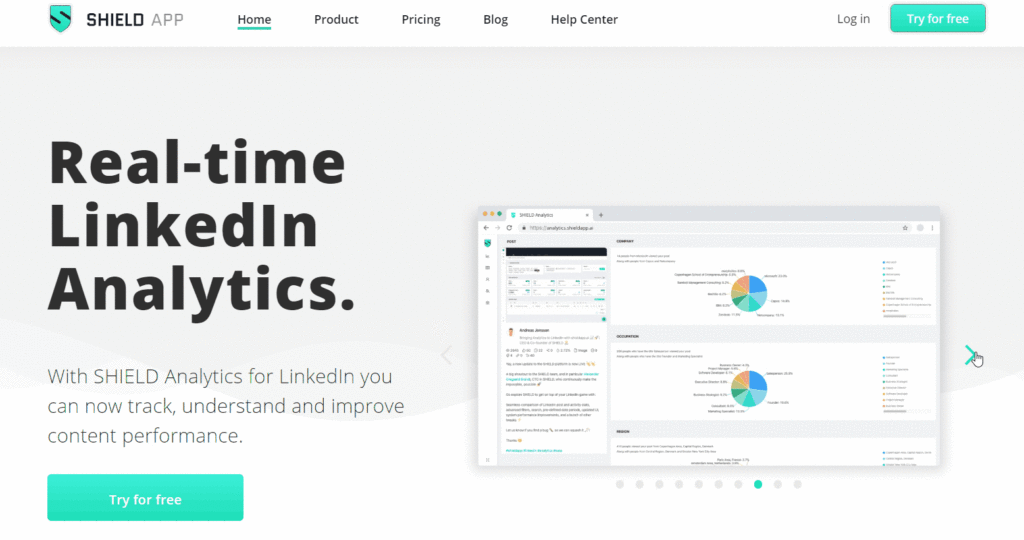
There is no magic number of screenshots you should have on-site, but I’d say five or six would be the bare minimum.
Some companies obviously adopt a “less is more” mentality to avoid overloading their visitors with information and I understand why.
Personally, I like to see companies do a deep-dive into specific features on their product pages with .GIFs or videos. Sleeknote does a great job of this with their feature breakdowns.
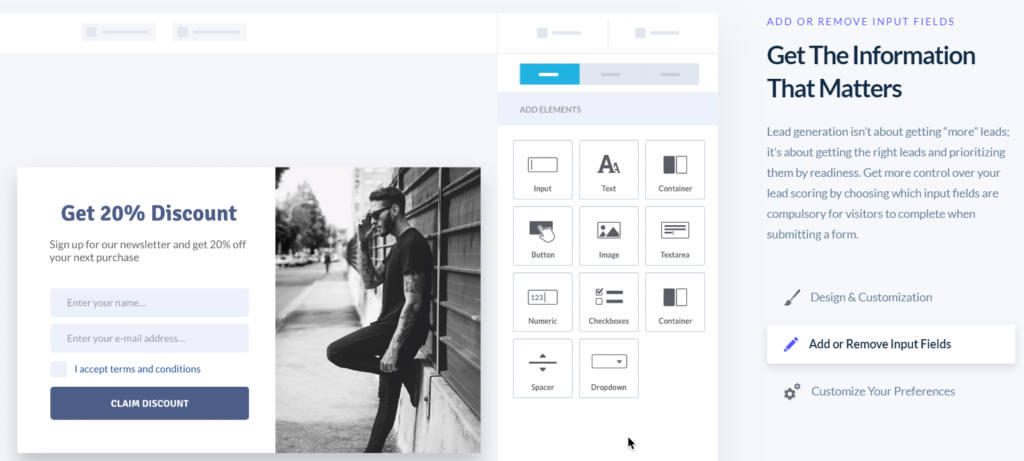
Typically, I’ll also check out a company’s knowledge base for more firsthand screenshots and use cases to see what a tool looks like in context.
Zendesk might be the gold standard of knowledge bases with its massive resource library, up-to-date blog and webinars for customers.
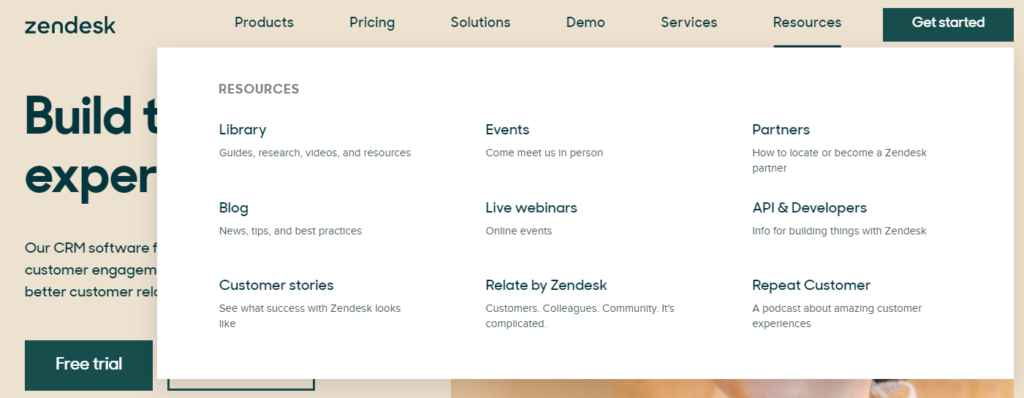
Squarespace also boasts a user-friendly knowledge base, consisting of guides and videos that break down pretty much everything you could possibly need to know about using their tool.
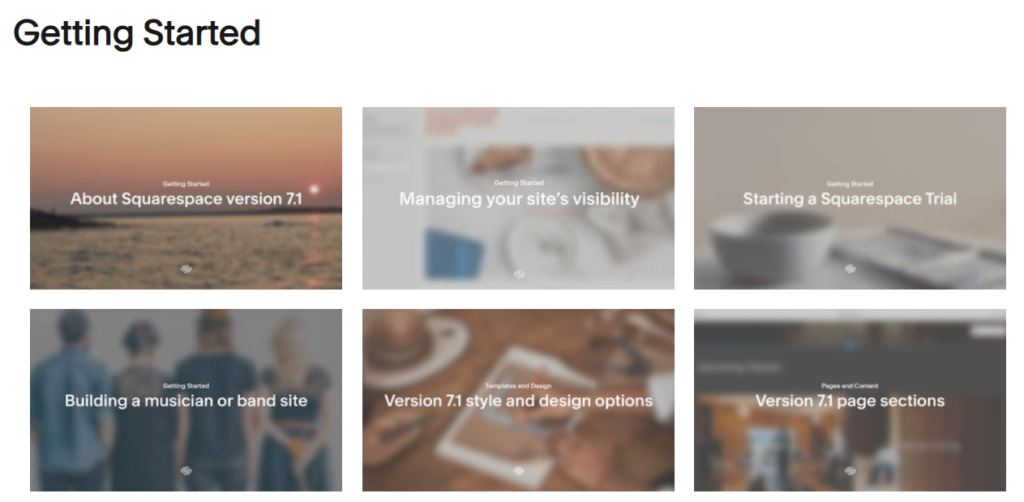
Video content is always a nice bonus for a SaaS writer as I can quickly figure out what a tool is all about without having to dig for information.
This video from Monday.com’s YouTube channel does an excellent job of highlighting not only their tool’s features but also the tone of the brand.
After doing my research on-site, I’ll also take to social media as a sort of wellness check on a company. Like the video above, tweets like this one from Grammarly showcase a pretty rad product feature with a bit of personality.
The takeaway here is that prototype screenshots aren’t going to cut it. Although keeping features or details of your product under lock and key might seem like a smart move, doing so doesn’t do much to make your case to a SaaS writer trying to write about exciting stuff.
2. How much does your product cost?
This might seem like a no-brainer but it’s worth talking about.
I understand that pricing transparency is hotly debated in the SaaS space.
Sure, maybe it makes sense for some companies. “Unicorns” and whatnot.
But when I don’t see pricing on a B2B SaaS product, I automatically assume:
- Your product is not meant for an individual or small business audience (hint: the people I’m typically writing for)
- You’re charging top dollar
- Your product has a steep learning curve
Are those fair assumptions? Perhaps not.
That said, I’m probably not going to feature a $500/mo analytics tool in a post meant for SMBs. By the time I wait for a reply on pricing information, chances are I could find a competing tool faster.
Effective pricing pages do double-duty of listing a crystal clear price while also providing a rundown of a plan’s specific features.
MailChimp‘s above-the-fold plan breakdown tells me everything I need to know about what I’m paying for. Meanwhile, scrolling down I can double-check that my desired plan has everything I need.
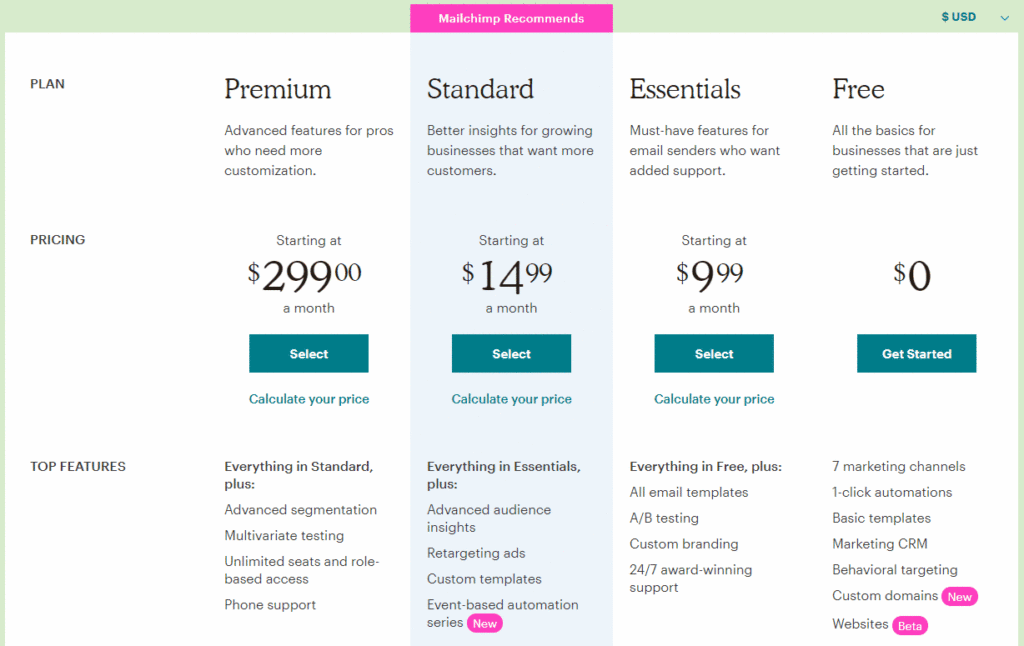
Asana provides a similar breakdown and also has dedicated pages for each of its plans to provide even more details to prospective customers.
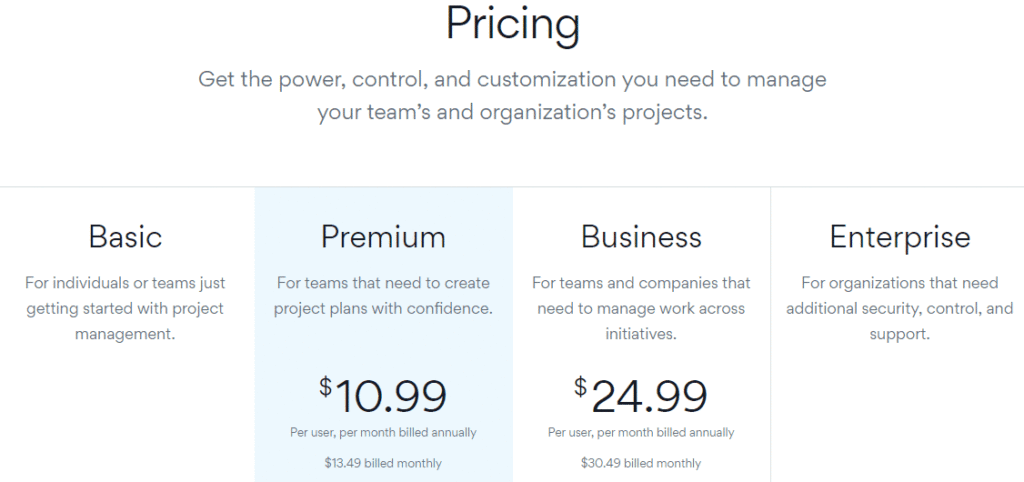
Beyond actual pricing pages, additional resources such as a competitive matrix can help illustrate the value of a product and likewise justify its price tag. Here’s an awesome example from Chili Piper.
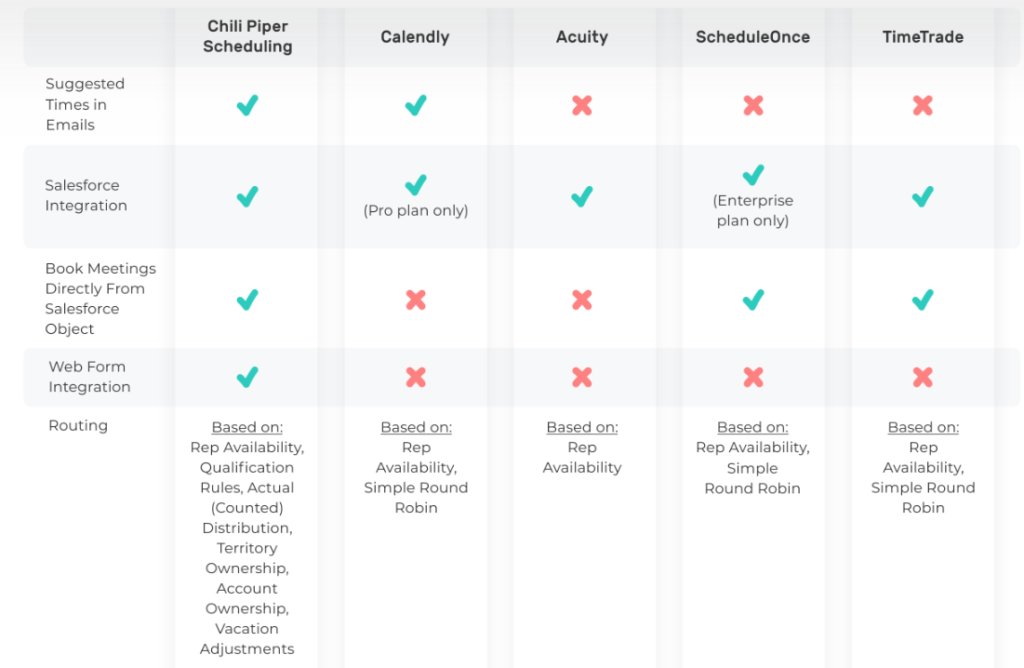
Simply put, first-time visitors and prospects should be able to understand exactly what a product costs (and why) in plain English.
3. What do your customers look like?
If you’re a SaaS company, you should take every opportunity possible to let your customers sing your praises.
Doing so not only signals to me that your company is doing its job well, but also gives a glimpse into what your audience likes about you.
Case in point, this retweet from Airtable is a brilliant example of effective customer marketing.
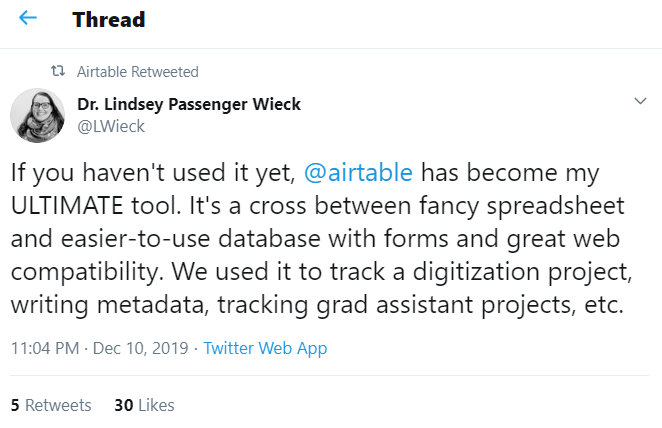
There’s a reason why so many SaaS brands use social media as a place to let their customers serve as their best cheerleaders.
Your blog is a great place to do it, too. For example, Otter.ai‘s blog features a collection of compelling customer success stories that serve as social proof as to how helpful their service is.
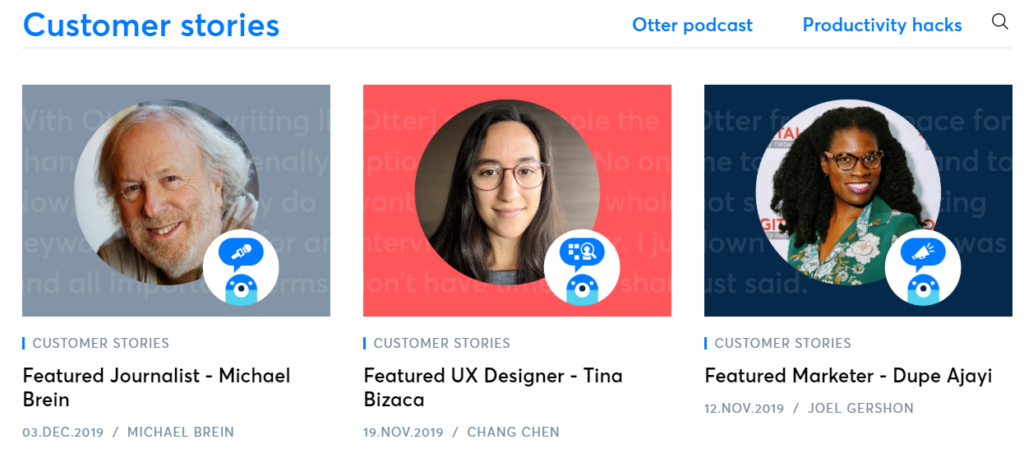
And of course, on-site testimonials case studies are always a nice touch to showcase your ability to satisfy customers. Here’s some praise for Sprout Social for reference.

In addition to proof, these sorts of shout-outs also provide a valuable glimpse into who your target audience is. If your customers line up with the sort of folks I’m writing for, chances are you’ll score a feature.
4. What does your team look like?
Although SaaS brands should clearly be stoked about their awesome products, don’t let that excitement get in the way of showing off your human side.
Even something as small as a few headshots or a playful “About” page is enough to let me know that your company isn’t being run by a bunch of robots.
For example, Sprout Social’s team page is simple but it works.

Meanwhile, Sprout also provides a behind-the-scenes look at company life and culture via their embedded Instagram feed.

From employee advocacy to team-building and philanthropy, it’s always refreshing to see a company celebrate its workers. Here’s another example from Envato on LinkedIn.
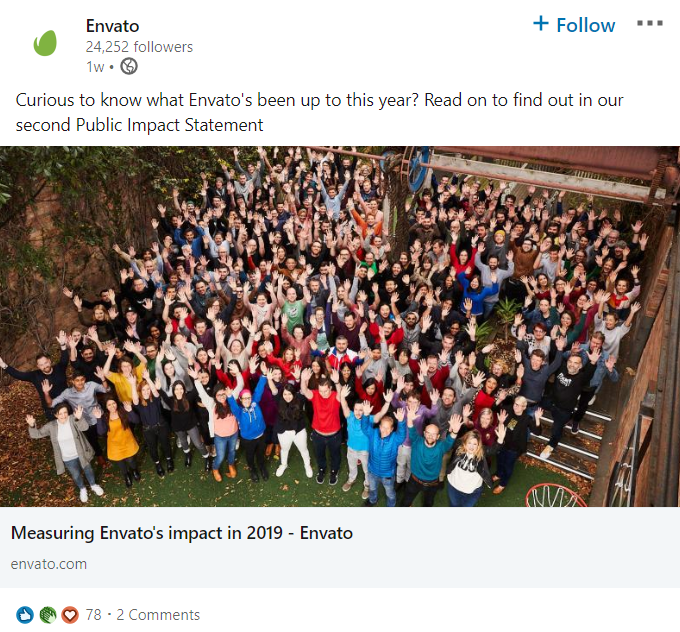
Is showcasing your team make-or-break for a SaaS writer that’s interested in talking about your product? Not necessarily.
However, it’s definitely a powerful way to position yourself versus your competitors.
5. Are you consistently creating content?
I promise this isn’t self-serving.
Much like social media, I typically look at a SaaS company’s blog as a sort of wellness check.
In short, your blog lets me know that you’re active in your space and likewise helps me understand your brand’s voice and values.
For example, Trello’s blog is bursting with personality through its imagery and post titles. Meanwhile, their blog posts highlighting customer success stories provide examples of specific use cases that I can use in an article.
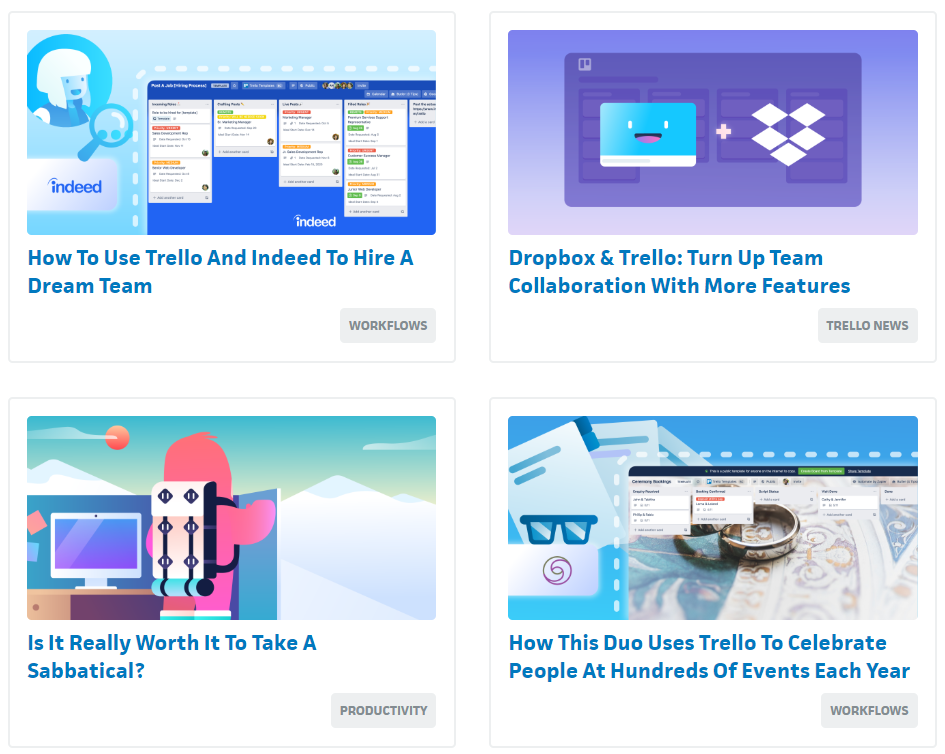
If a company isn’t blogging or is silent on social, that’s usually a red flag for me.
I get it, though.
The process behind SaaS content creation can be time-consuming, especially if it’s being done in-house. That’s why so many software companies turn to freelancers.
Pssst! You can totally contact me if you need help with your blog or SaaS content strategy.
Are you giving SaaS writers everything they need to give you a shout-out?
Let me wrap this up by acknowledging that SaaS marketing is complicated.
I’m not the final arbiter of what makes a “good” website, either.
That said, I spend tons of time researching and writing about SaaS companies.
If nothing else, answering these questions serves of good UX for any given SaaS site. This rings true whether you’re looking to attract customers or earned media from writers.
And if a company manages to tick all of these boxes?
Hey, you’re golden.
This post was last updated on 12/23/2019.
As a marketing analyst and wannabe blogger I find this post to be so insightful. Thanks for sharing. I think it will help me improve my writing, especially as I now know why research is so crucial.
Hi Brent
I must admit I have had a tendancy to stick to the super-SaaS companies when writing but there is so much scope to do more.
One thing I would add to your list – look at the websites of those companies as the top of their game and take inspiration from them.
Nice post.
Best,
Jean